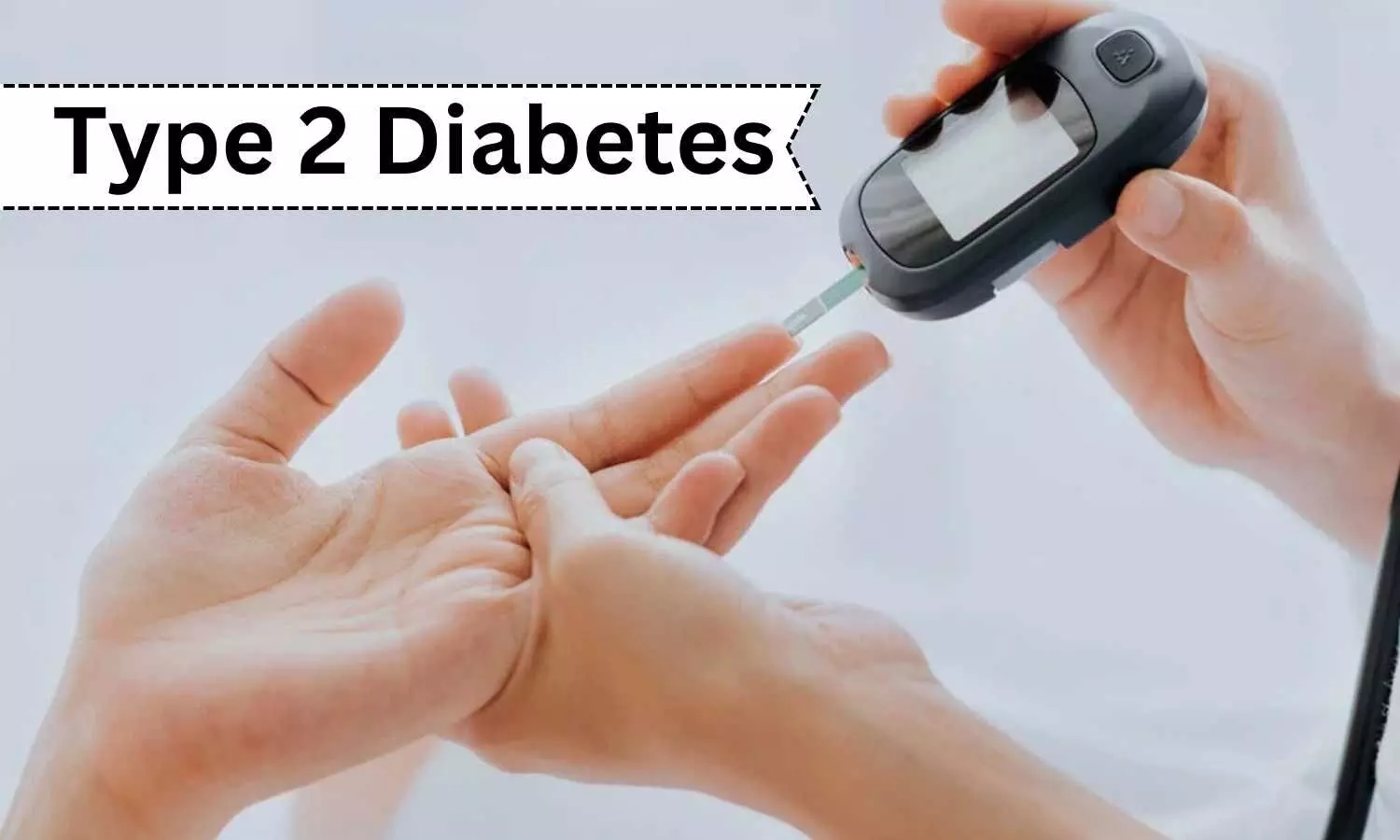Uric Acid to HDL Ratio may predict Metabolic Syndrome in Type II Diabetes Patients

In a significant stride toward personalized diabetes care, a recent study has spotlighted the potential of the uric acid to HDL ratio (UHR) as a key predictor for the onset of metabolic syndrome in individuals with type II diabetes. The study found that UHR can be used as a significant sensitive marker in predicting the development of diabetes considering the high potential of developing metabolic syndrome in diabetic patients.
The study results were published in the journal Nutrition, Metabolism & Cardiovascular Diseases.
The escalating global prevalence of diabetes mellitus has emerged as a significant focus for public health initiatives. The impact of metabolic syndrome on diabetes mellitus has garnered considerable attention in recent times. The Uric Acid to High-Density Lipoprotein (UA to HDL) ratio has recently gained prominence as a predictor for diabetes mellitus and the occurrence of metabolic syndrome in individuals with type II diabetes. Hence, researchers conducted a study to investigate the reliability of UHR to predict metabolic syndrome in diabetic patients.
The study, conducted in 2021 at the diabetes clinic of Ali-Ibn Abi-Talib Hospital in Rafsanjan City, engaged 300 patients with type II diabetes. Employing a convenient sampling method, the research delved into demographic, clinical, and laboratory parameters, unraveling a wealth of insights into the intricate relationship between UHR and metabolic syndrome.
Findings:
- A striking revelation emerged as 74.33% of the participants were found to harbor metabolic syndrome, underscoring the urgency of nuanced predictive tools for early detection and intervention.
- Further analysis delved into the differences between patients with and without metabolic syndrome. Those with the syndrome exhibited significantly higher mean UHR ratios and triglyceride levels (p=0.002 and p<0.001, respectively).
- The crux of the study lay in the identification of a UHR threshold – 8.118% – showcasing an impressive sensitivity of 70.32% and specificity of 55.08% in diagnosing the development of metabolic syndrome in type II diabetes.
- The receiver operating characteristic (ROC) analysis painted a vivid picture of UHR’s potential as a moderate yet valuable predictive tool (AUC: 0.621, P=0.001, 95%CI: 0.549–0.694).




